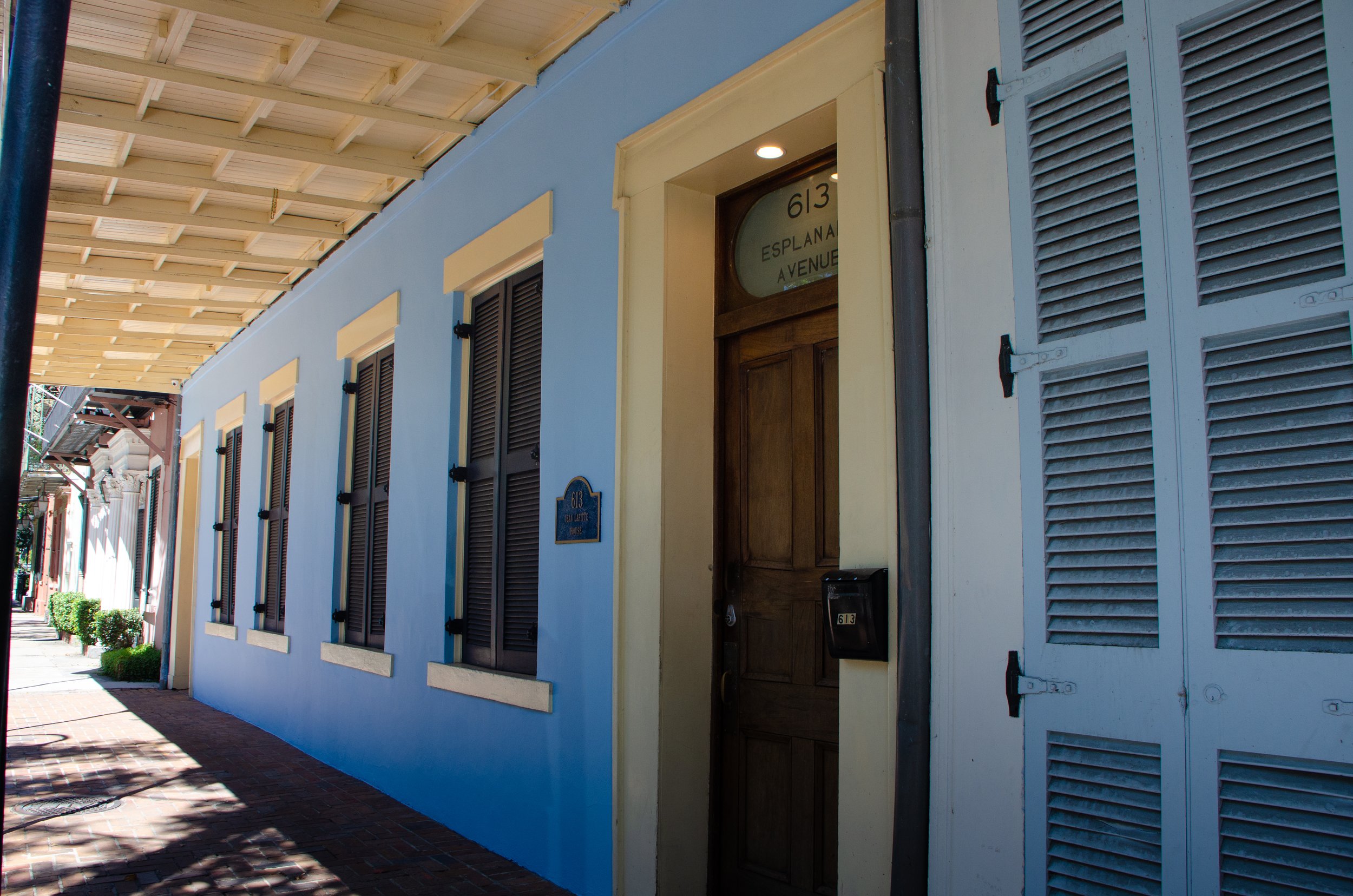Esplanade Avenue: The Grand Boulevard of Creole New Orleans
Here at Jean Lafitte House, we're proud to be situated along one of New Orleans' most historic and architecturally significant thoroughfares - Esplanade Avenue. Often called the "Creole Millionaires' Row," this majestic street tells the story of New Orleans' unique cultural heritage and the wealthy Creole families who helped shape our city.
Originally an Indian portage trail connecting the Mississippi River to Bayou St. John and Lake Pontchartrain, Esplanade Avenue evolved into a significant boulevard during the late 18th and early 19th centuries. The street served as the boundary between the colonial city (today's French Quarter) and the developing Creole suburbs, marking both a physical and cultural division in New Orleans society.
During the 19th century, as New Orleans prospered, Esplanade Avenue became the preferred address for wealthy Creole families. While their American counterparts built mansions along St. Charles Avenue, Creole aristocrats constructed their elegant homes along Esplanade. These magnificent residences, with their distinctive architectural style blending French, Spanish, and Caribbean influences, still line the avenue today.
The architecture along Esplanade Avenue reflects the sophisticated taste of its original inhabitants. Many homes feature traditional Creole design elements: high ceilings, floor-to-ceiling windows, wraparound galleries, and intricate ironwork. The street is particularly known for its double-gallery houses, raised on foundations to protect from flooding, with twin levels of deep porches perfect for catching cool breezes.
Notable landmarks along Esplanade include our own Jean Lafitte House, a historic property with deep connections to one of New Orleans' most infamous personalities. Our building, dating back to the early 1800s, stands as a testament to the grand Creole architectural style that defines the avenue. Just down the street, you'll find the Degas House, where the famous French Impressionist painter Edgar Degas lived with his Creole relatives in 1872-73. Our neighbors include other magnificent historic homes, each with their own fascinating stories. The New Orleans Museum of Art marks the avenue's terminus at City Park, while the Old U.S. Mint stands at its riverfront end, creating a path of historical significance that spans the length of this grand boulevard.
The wide neutral ground (median) of Esplanade Avenue was designed for pedestrian promenading, a popular social activity among the Creole elite. Today, ancient oak trees line this neutral ground, their sprawling branches creating a natural canopy that provides welcome shade to modern-day pedestrians.
Esplanade Avenue's role as a cultural boundary evolved throughout the 19th century. The street became a meeting point between the French Creole society of the Quarter and the expanding American sector, reflecting New Orleans' transformation from a colonial outpost to a modern American city.
The development of streetcar lines in the late 19th century made Esplanade Avenue even more accessible, though today the tracks are gone, replaced by automobile traffic. However, the avenue retains its original grandeur, with many homes meticulously restored to their former glory.
Along its length, Esplanade Avenue passes through several historic neighborhoods, each with its own character. From the French Quarter through Faubourg Tremé and into City Park, the avenue provides a fascinating cross-section of New Orleans' diverse architectural and cultural heritage.
Today, Esplanade Avenue remains one of New Orleans' most beautiful thoroughfares, its historic homes and ancient oaks offering visitors a glimpse into the city's romantic past. Walking along Esplanade is like stepping back in time to when Creole aristocrats promenaded beneath the same oak trees that shade us today.
At Jean Lafitte House, we're honored to be part of this historic avenue's continuing story. Our location provides our guests with the perfect vantage point to explore this magnificent street and experience the elegance of old New Orleans. Whether you're admiring the historic architecture, strolling beneath the oak trees, or simply soaking in the atmosphere of this grand boulevard, Esplanade Avenue offers a unique window into New Orleans' rich cultural heritage.
We invite you to book your stay with us and experience the magic of Esplanade Avenue for yourself. From our doorstep, you can explore one of America's most beautiful and historically significant streets, where the spirit of Creole New Orleans lives on in every magnificent mansion and ancient oak.


